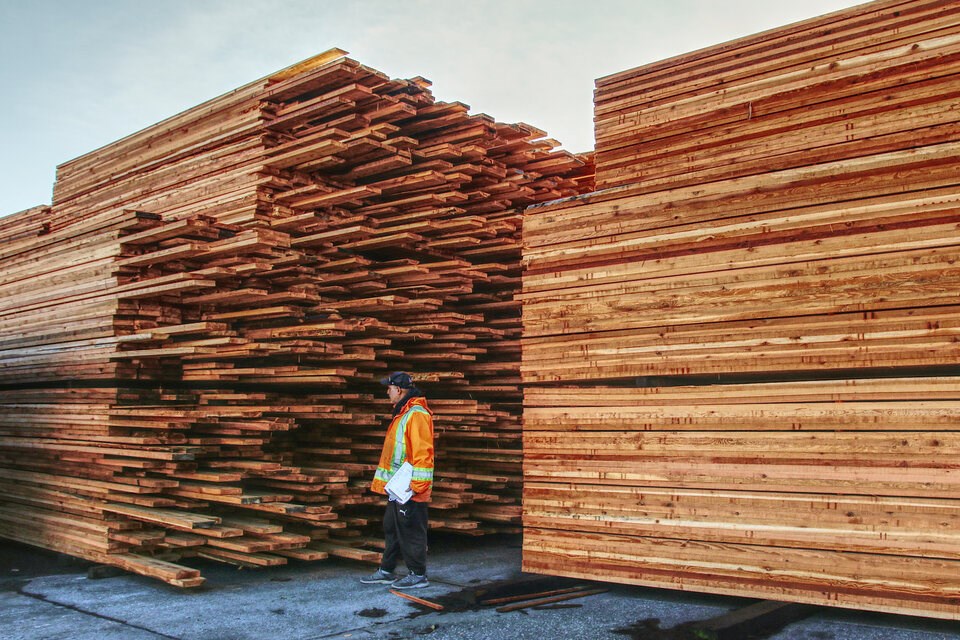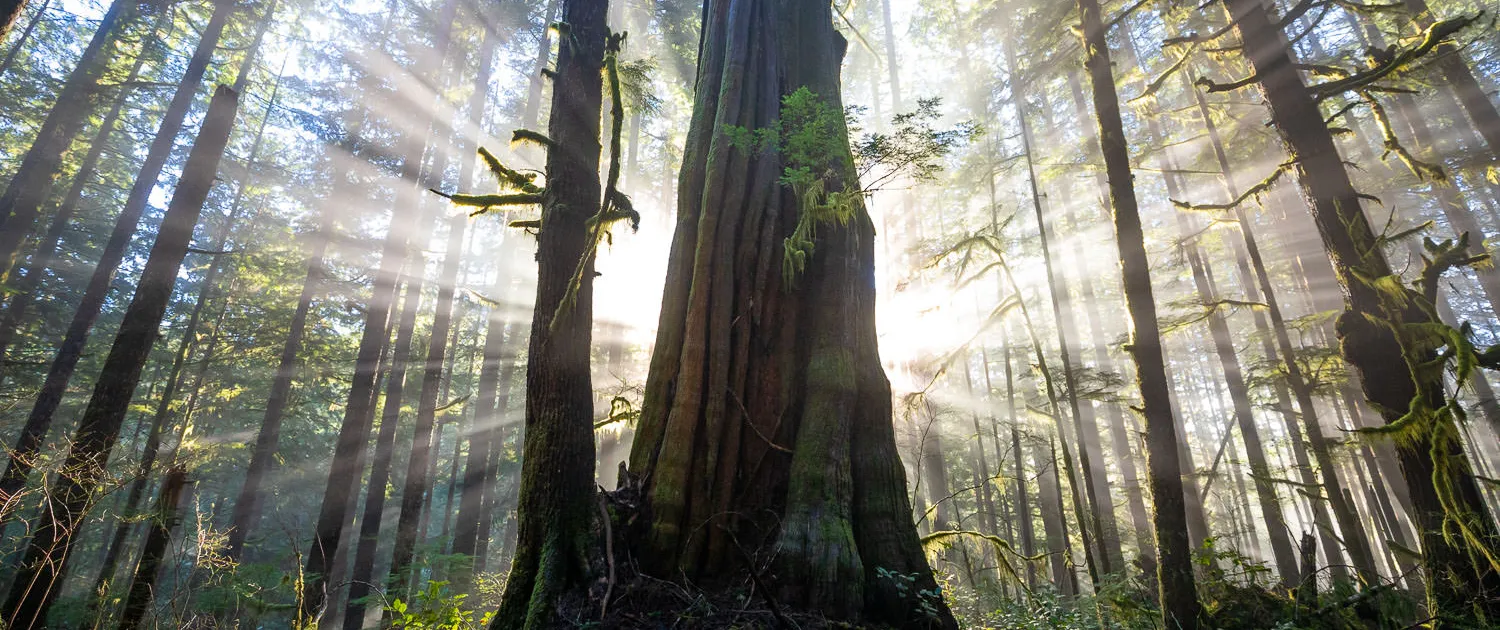 Jun 18 2016
Jun 18 2016Axing old growth a crime against nature
The Vancouver Sun's columnist Stephen Hume came with us to see the endangered Cameron Valley Ancient Forest (ie. “Firebreak”), a truly spectacular lowland stand of densely-packed, monumental old-growth Douglas-firs akin to a “second Cathedral Grove”. This grove stands out as among the finest remaining old-growth Douglas-firs anywhere left on the planet and is of international conservation significance. Please share and add your voice to the comments section at the end!
********
CATHEDRAL GROVE — When I pulled into Cathedral Grove, the stand of 800-year-old Douglas fir about half way between Nanaimo and Port Alberni on Vancouver Island, every parking space was occupied.
Camera-wielding tourists stood enthralled. They stared up into a canopy soaring the height of a 20-storey building overhead, thronged the trails flanking Highway 4 and posed for selfies beside trees so thick at the base it would take 15 people standing shoulder-to-shoulder to circle the trunk.
Most visitors wouldn’t know — but might certainly care — that a scant 30 minutes drive away is the Cameron Valley Firebreak, another, equally accessible, equally stunning equivalent to Cathedral Grove that’s apparently destined to be mowed down for two-by-fours and toilet paper.
It was once protected as critical winter range for Roosevelt elk and blacktail deer. But in 2004, during a push for deregulation, the province removed the lands from its regulatory authority under a tree farm licence. Logging began in 2012.
Environmentalists, biologists and ordinary citizens describe the Cameron Valley Firebreak — it was originally left as a dense water-soaked barrier intended to stall wildfires — as a sacred space at the spiritual core of what we mean by Super Natural B.C. They can’t believe the province would stand by while it’s turned into stumps and slash.
After a rain-soaked hike through the grove, I can only agree. You’d have to be bereft of sensitivity to let such a place be destroyed.
At Cathedral Grove, I waited on the shoulder until someone left, then dashed in to grab a spot before the next tourist arrived, of whom there have now been more than eight million. And they just keep coming.
Anyone who doubts the long-term economic value of parks need only pass through this small but world-famous example of the coastal forest for which B.C. is renowned, probably unjustly considering the disrespect with which we treat this near-sacred legacy. In fact, when CBC ran a national survey to determine the seven wonders of Canada, Cathedral Grove outscored the Stanley Cup.
What’s officially MacMillan Provincial Park, a 300-hectare patch that took 25 years of lobbying by the public, including loggers, who seem to have a better developed ideas of transcendent spiritual value than politicians, was finally set aside in 1944. It is considered an internationally significant example of the Douglas fir old growth forest that once covered much of Vancouver Island.
Yet since it was established, more than 90 per cent of the remaining ancient forest it represents has been destroyed under a provincial forestry strategy that calls for liquidation of old growth. Less than three per cent of this original forest type is protected.
Indeed, Cathedral Grove is one of those places in danger of being loved-to-death by enthusiasts. The province was only narrowly prevented from going ahead with a 2001 scheme for a football field-sized parking lot, gift shop, food concession, interpretive centre, picnic area and facilities, all of which required clearing precisely what people were coming to see.
I was there to meet with Jane Morden, a conservation-minded woman from Port Alberni, the heartland of coastal logging culture; Mike Stini, an expert in ungulate habitat who’s concerned about disappearing winter range for deer and elk; and Ken Wu and TJ Watt of the Ancient Forest Alliance, a group of environmental activists anxious to save the last fragments of this seriously endangered ecosystem.
They wanted to show me the accidentally preserved stand farther up the Cameron River. Given the endangered nature of this Douglas fir old growth, they argue, the province has a moral duty to intervene on the public’s behalf to ensure that it’s saved from the chainsaws and toilet paper factories.
So we went bouncing back into the bush — and not far into the bush, at that — in TJ’s 18-year-old van.
We hiked into an astonishing, breathtaking grove of ancient forest, trees growing when Magna Carta was signed. Beneath them, the atmosphere cooled abruptly. Underfoot the ground was springy with mattress-like layers of needles and moss. Unusual, colourful fungi burst from the forest floor. Streams cascaded over old logs.
Among the immense Douglas fir were many cedar trees showing distinctive signs of cultural modification — bare trunks where First Nations harvesters had stripped bark for baskets, dress and ancient spiritual ceremonies.
Frankly, the activists are right. This shouldn’t be destroyed. We don’t need to cut down any more of these mystical fragments of ancient forests that define the place we choose to live. If we do, it’s only out of greed.
Read more: https://vancouversun.com/opinion/columnists/stephen-hume-axing-old-growth-a-crime-against-nature






